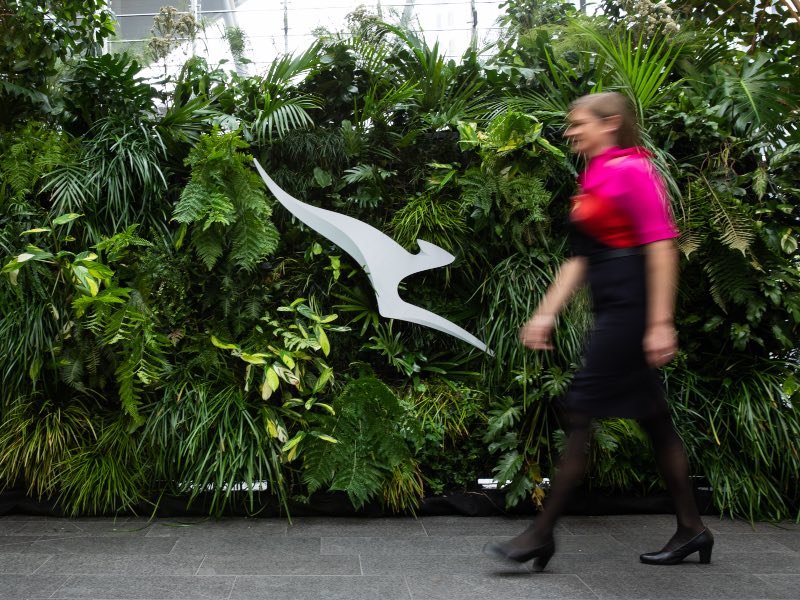
When you book a Qantas or Virgin Australia flight, you have the option to pay a small additional fee to help offset your carbon emissions. These payments support projects ranging from the conservation of Tasmanian forests to the construction of wind farms in India.
Carbon offsets are designed – at least in theory – to make your flying “carbon neutral”. This is done by paying for the equivalent amount of carbon emissions generated from your flight to be removed from the atmosphere somewhere else on the planet. For example, your contribution might go towards planting trees, preventing the destruction of rainforests or investing in technology that reduces the amount of carbon emissions generated from other activities.
Many airlines offer carbon offsets as an optional extra. There is no requirement for you to purchase this, although some airlines including Qantas have created additional incentives for their frequent flyers to do so.
Contents
How to add a carbon offset when booking a Qantas flight
If you’re booking a flight on the Qantas website, you can optionally choose to add a carbon offset to your booking at the bottom of the “Trip summary” section on the payment page.

The amount charged to offset your emissions is based on several factors. These include the distance travelled, litres of fuel used and the type of aircraft you’re flying. For example, you would pay slightly more to offset your emissions for an Airbus A330 flight than a Boeing 737 flight. But Qantas doesn’t take into account your cabin class.
As an example, Qantas estimates that passengers on a Boeing 737-800 flight from Melbourne to Auckland would generate an average of 184.66kg of carbon emissions each. Qantas currently prices the cost of offsetting each kilogram of carbon emissions at around 1.8 cents. So, a carbon offset for this flight would cost $3.32.
Alternatively, you can choose to purchase a carbon offset using your Qantas Frequent Flyer points. If you do this, you’ll be getting approximately 0.85 cents of “value” for each Qantas point used.
Qantas processes carbon offset payments separately to your airfare, and a separate tax invoice is provided for this. Unfortunately, if you choose to add a carbon offset to your Qantas booking and pay for this using money, none of the fee-free payment options will be available. You’ll have to pay for the entire ticket cost with a credit or debit card.
Offsetting a Qantas flight is also one of the activities that counts towards Qantas Green Tier. By achieving Green Tier, you’ll get the choice between 10,000 bonus Qantas points or 50 status credits.

As an added bonus, when using money (not points) to offset your emissions, you’ll earn 10 Qantas points per $1 spent. Qantas will also match your contribution as part of its Fly Carbon Neutral program.
How to add a carbon offset to an existing Qantas flight booking
If you booked your Qantas flight through a third-party or didn’t offset at the time of booking, you also have the option to purchase a carbon offset with your Qantas points after booking. You can do this by logging into your Qantas Frequent Flyer account and viewing your upcoming bookings. (If you can’t see your upcoming booking, ensure you have added your Qantas Frequent Flyer number.)

After clicking “Offset this trip”, you’ll be redirected to the bottom of that page. Confirm and submit your request.

You’ll then receive a confirmation message that your Fly Carbon Neutral request has been received. A few minutes later, you should receive an email with your “Carbon offset tax invoice”.

It’s not possible to add a carbon offset to a Qantas flight that you’ve already booked using money.
How to add a carbon offset to a Virgin Australia flight
Virgin Australia provides the option to add a carbon offset mid-way through the booking process. You’ll find this option alongside extras such as seat selection, additional baggage or travel insurance.
If booking a commercial ticket, you’ll have the option to add a carbon offset using money:

If booking a Reward Seat with Velocity points on a Virgin Australia flight, you can opt to offset your flight using either points or money. However, in the example below (a flight from Sydney to Canberra), you’re getting just 0.36 cents out of each point when using Velocity points for a carbon offset. That’s rather poor value, so we’d suggest using money.

If you’ve already booked, you can subsequently purchase a carbon offset by logging into “Manage Booking” on the Virgin Australia website. Click on “Add extras”:

What if you’re flying an airline that doesn’t offer carbon offsets?
Many other airlines similarly offer the option to purchase a carbon offset at the time of booking. But not all airlines do.
If you’ve booked a ticket with an airline that doesn’t offer a carbon offset program, but you’d still like to offset your flight, you could purchase credits from a third-party charity or organisation that sells these directly to consumers.
For example – and this is not an endorsement for this particular company – there’s a Swiss organisation called myclimate that offers a tool to calculate your emissions from a flight. You then have the option to make a donation to offset the amount.
Greenfleet is another example of an Australian charity organisation that sells carbon offsets for different types of activities. Donations made to Greenfleet are tax-deductible in Australia.
Where does the money go?
There are many different carbon offsetting programs out there. Each supports different types of projects in different parts of the world.
In the case of Qantas’ Fly Carbon Neutral program, the Qantas Group purchases offsets from a portfolio of accredited projects which are certified annually under the Australian government’s Climate Active program. Qantas purchases these offsets at scale, meaning customers cannot choose which individual projects they wish to support.
Qantas lists some of the projects it supports on its website. For example, Qantas says that funds from its carbon offset purchases are used to conduct back-burning in Northern Australia, build wind farms in India and prevent the removal of trees in parts of South America.
Virgin Australia says that it partners with the Tasmanian Land Conservancy as part of its own Fly Carbon Neutral program. Virgin carbon offset payments support the organisation’s New Leaf Project which manages around 280 square kilometres of land across Tasmania, protecting the natural habitats of rare and threatened animals.
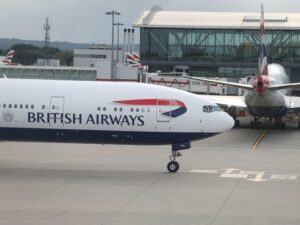

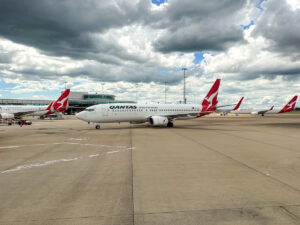
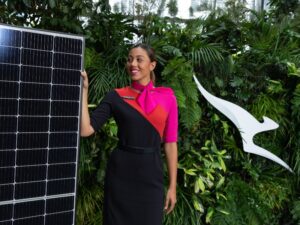

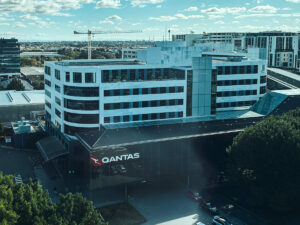














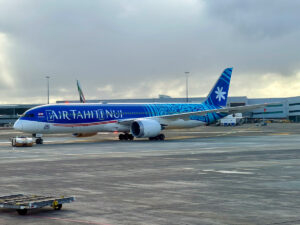
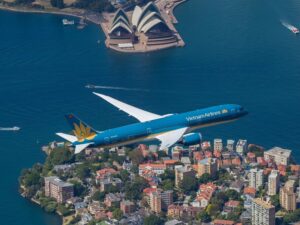
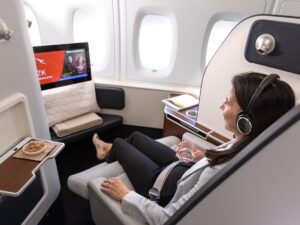





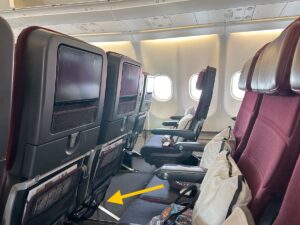



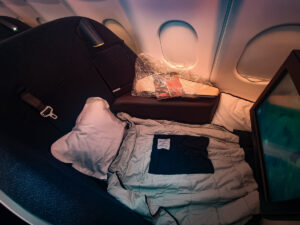




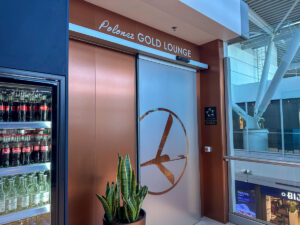

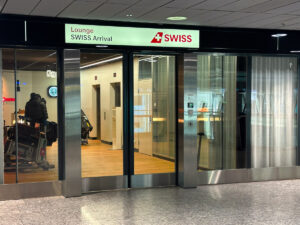
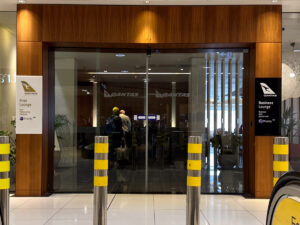

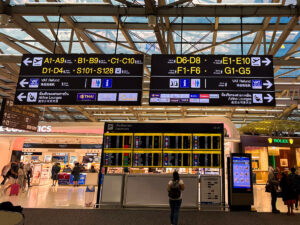


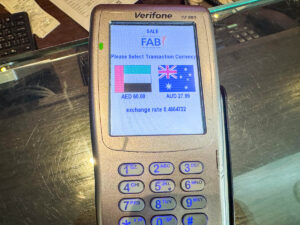











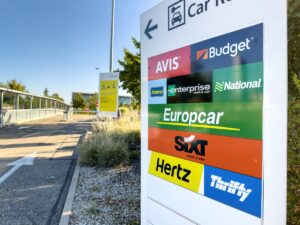


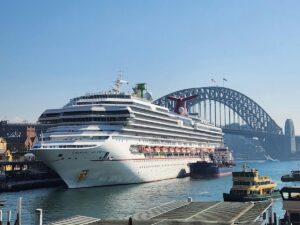












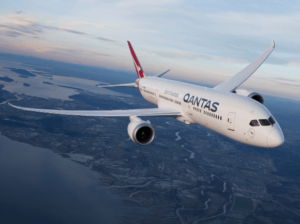





Community Comments
Loading new replies...
Join the full discussion at the Australian Frequent Flyer →